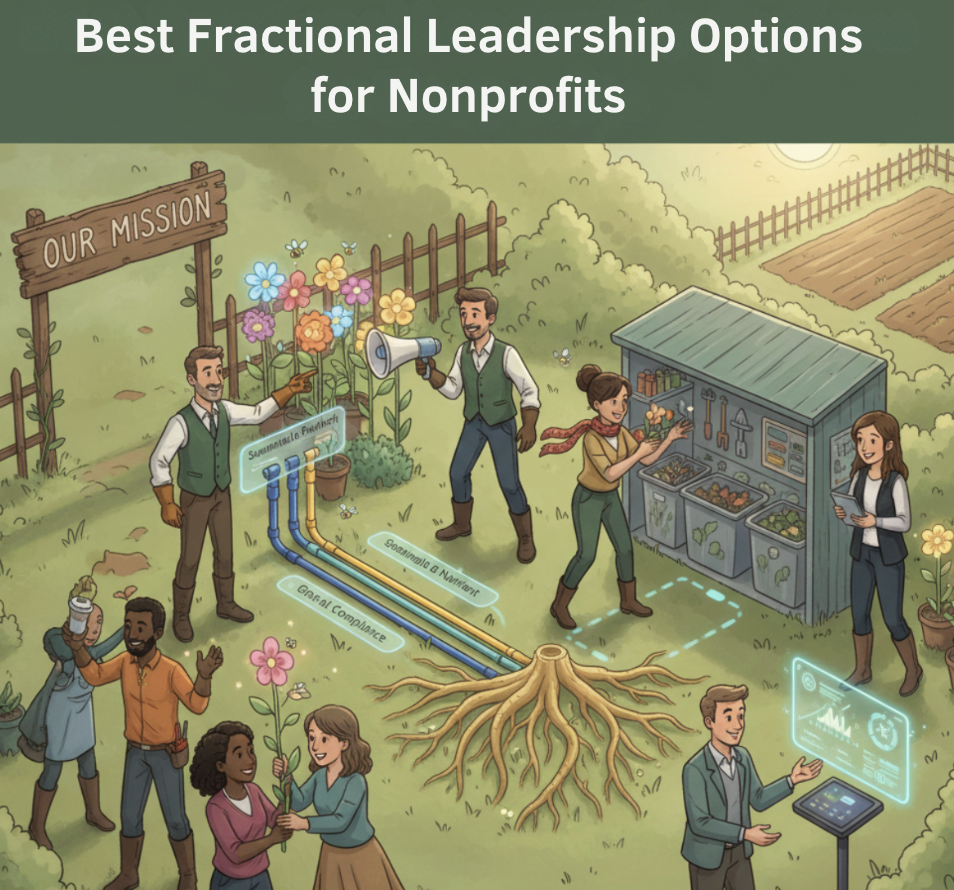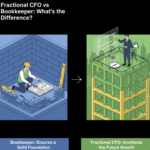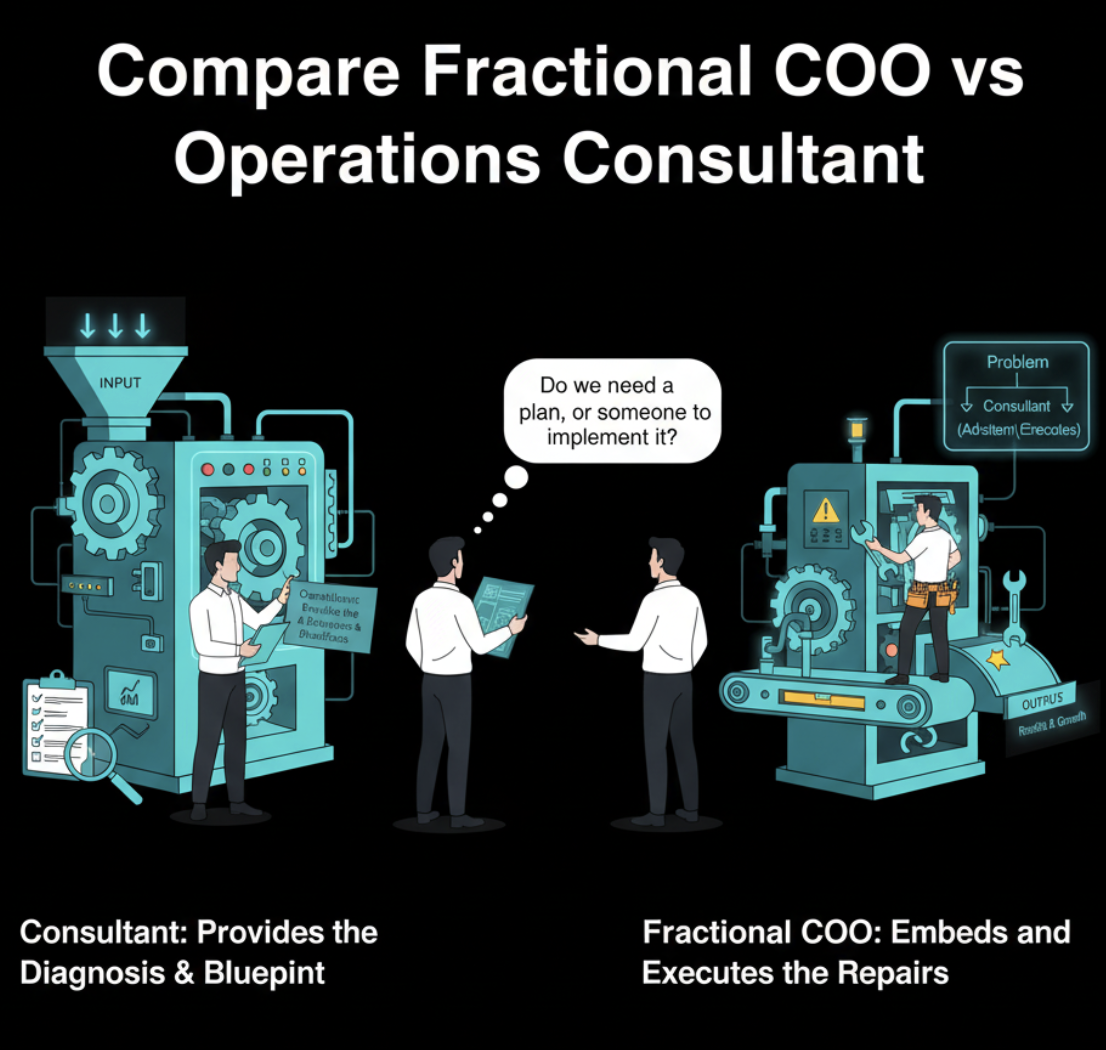Introduction: Nonprofits Need Leadership, But Not Always Full-Time
Nonprofit organizations face unique challenges: limited budgets, complex fundraising requirements, and the ongoing pressure to demonstrate impact. Yet, many nonprofits hesitate to hire senior executives because of cost concerns. Enter fractional leadership—a flexible solution where nonprofits can access experienced executives for strategy, oversight, and mentoring without the full-time price tag.
At NeoGig, we believe the right leader, even part-time, can transform a nonprofit. Let’s explore the best fractional executive options for nonprofits and how they can help your mission thrive.
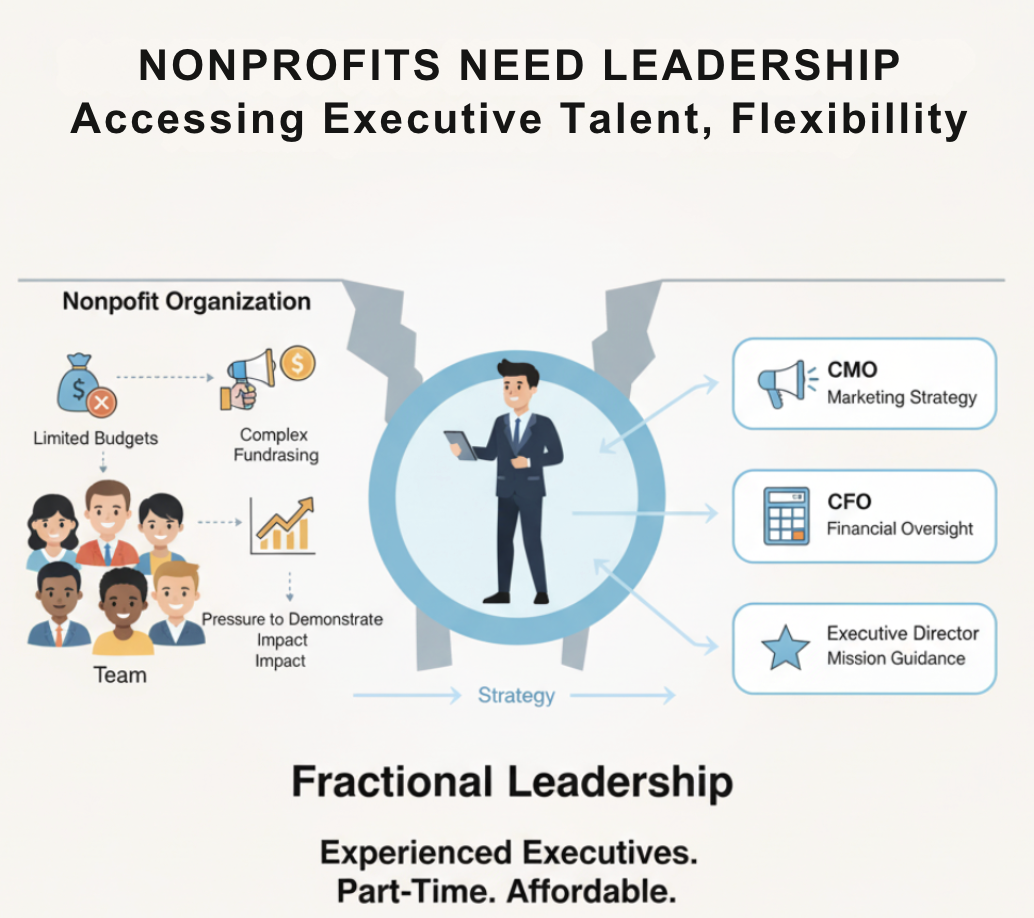
Why Fractional Executives Are a Game-Changer for Nonprofits
Fractional executives bring deep expertise on a part-time or project basis. Instead of stretching staff thin or relying solely on volunteers, nonprofits gain access to seasoned leaders who:
- Provide strategic oversight without the overhead of a full-time hire.
- Bring best practices from corporate and nonprofit worlds.
- Mentor existing staff and strengthen leadership pipelines.
- Help boards make confident, informed decisions.
This approach allows nonprofits to stay lean while still operating with executive-level vision and accountability.
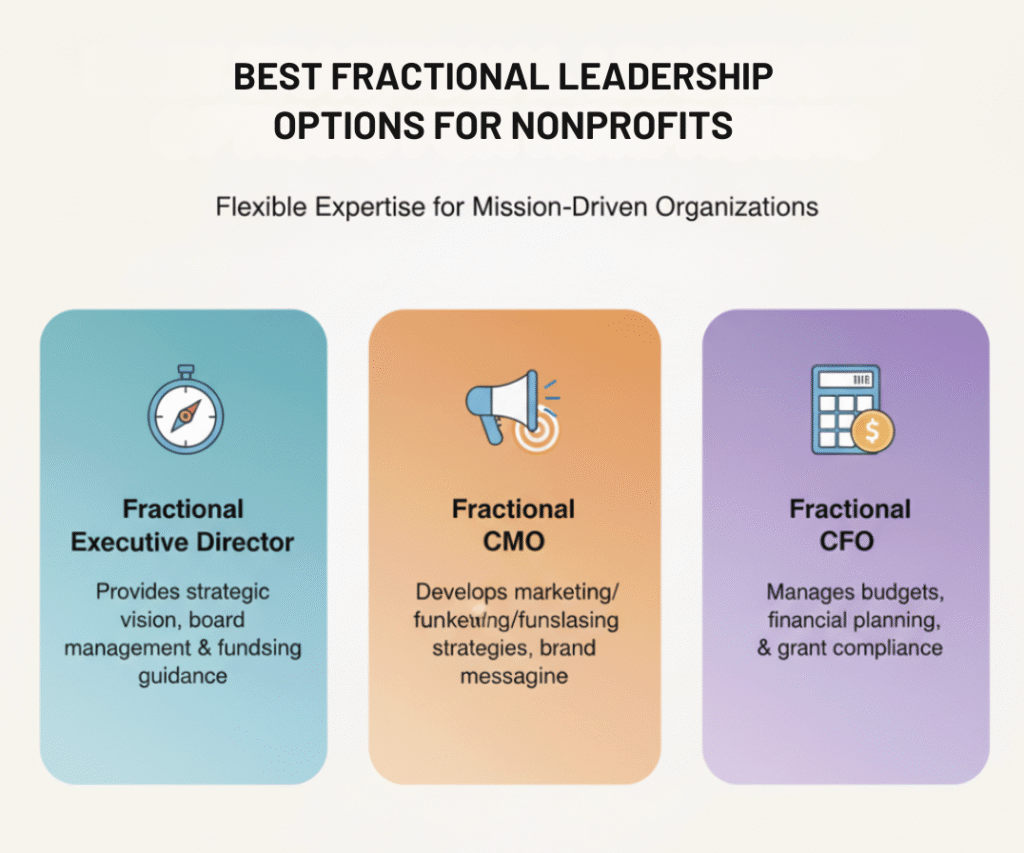
Top Fractional Executive Roles for Nonprofits
1. Fractional CFO (Chief Financial Officer)
Financial oversight is often the Achilles’ heel for nonprofits. A fractional CFO ensures compliance, transparency, and sustainability. Key contributions include:
- Budget forecasting and grant reporting.
- Establishing financial controls.
- Managing audits and donor reporting.
- Guiding long-term financial planning.
👉 Learn more about NeoGig’s finance leadership solutions.
2. Fractional CMO (Chief Marketing Officer)
For nonprofits, storytelling drives donations and volunteer engagement. A fractional CMO helps shape the brand voice, campaign strategies, and donor communications. They support:
- Fundraising campaign design.
- Digital marketing and social media outreach.
- Donor journey mapping.
- Brand strategy and visibility.
3. Fractional COO (Chief Operating Officer)
Nonprofits often juggle multiple programs, partnerships, and compliance obligations. A fractional COO strengthens operational foundations by:
- Streamlining processes for efficiency.
- Implementing technology solutions.
- Aligning programs with organizational strategy.
- Supporting staff capacity-building.
4. Fractional CIO/CTO (Chief Information or Technology Officer)
As nonprofits adopt digital fundraising, CRMs, and data-driven reporting, technology leadership becomes crucial. A fractional CIO/CTO brings:
- Cybersecurity and data protection practices.
- CRM and donor management system implementation.
- Guidance on AI adoption for donor analytics and operations.
- Cost-effective tech strategy for nonprofits with lean budgets.
(For practical frameworks, check out this Prompt Engineering Guide to explore AI’s role in nonprofit operations.)
5. Fractional Fundraising Executive
Sometimes, the biggest gap isn’t operations or finance—it’s fundraising. A fractional fundraising leader can:
- Cultivate donor relationships.
- Guide grant writing teams.
- Launch capital campaigns.
- Train staff and volunteers in fundraising best practices.
Benefits of Fractional Leadership for Nonprofits
- Cost-Effective: Pay only for the expertise you need.
- Flexible: Scale leadership up or down as your nonprofit grows.
- Access to Expertise: Gain top-tier leadership without recruitment delays.
- Mission-Focused: Free up staff to focus on programming, while executives handle strategy.
Practical Steps to Engage a Fractional Executive
- Identify Pain Points: Is it financial transparency? Fundraising? Marketing reach?
- Set Goals: Define measurable outcomes for the fractional leader.
- Engage Through a Platform Like NeoGig: NeoGig connects nonprofits with vetted executives ready to engage on a fractional basis.
- Start with a Pilot Project: Test the partnership before scaling.
FAQs About Fractional Leadership in Nonprofits
Q1: What’s the difference between hiring a consultant and a fractional executive?
A consultant typically advises, while a fractional executive takes a leadership role—implementing strategy and guiding teams directly.
Q2: How many hours does a fractional executive usually work?
It varies—some nonprofits engage leaders for 10–15 hours per month, others for 2–3 days per week depending on needs.
Q3: Can small nonprofits afford fractional leadership?
Yes. Fractional arrangements are designed to fit budgets, allowing nonprofits to access executive expertise without committing to a six-figure salary.
Q4: How does a fractional CFO help with donor confidence?
By ensuring financial reports are accurate, transparent, and donor-friendly—fractional CFOs build trust that encourages future giving.
Q5: What’s the best fractional executive role to start with?
Most nonprofits begin with financial leadership (CFO) or fundraising leadership, since these areas directly impact sustainability.
Q6: Can fractional executives work with nonprofit boards?
Absolutely. Many fractional executives support board development, governance training, and strategy sessions.
Closing Thoughts: Leadership on Demand for Mission Growth
Fractional leadership gives nonprofits the best of both worlds: expertise and affordability. Whether you need a fractional CFO to ensure compliance, a CMO to elevate your fundraising story, or a COO to streamline operations—there’s a leader ready to step in.
NeoGig helps nonprofits find these leaders, reducing risk and accelerating mission success. Ready to explore your options? Connect with NeoGig today.

